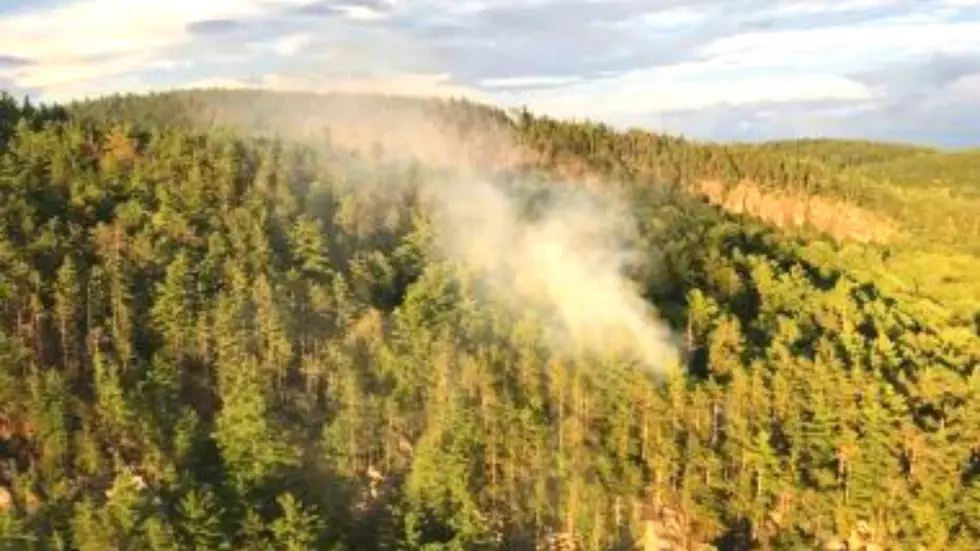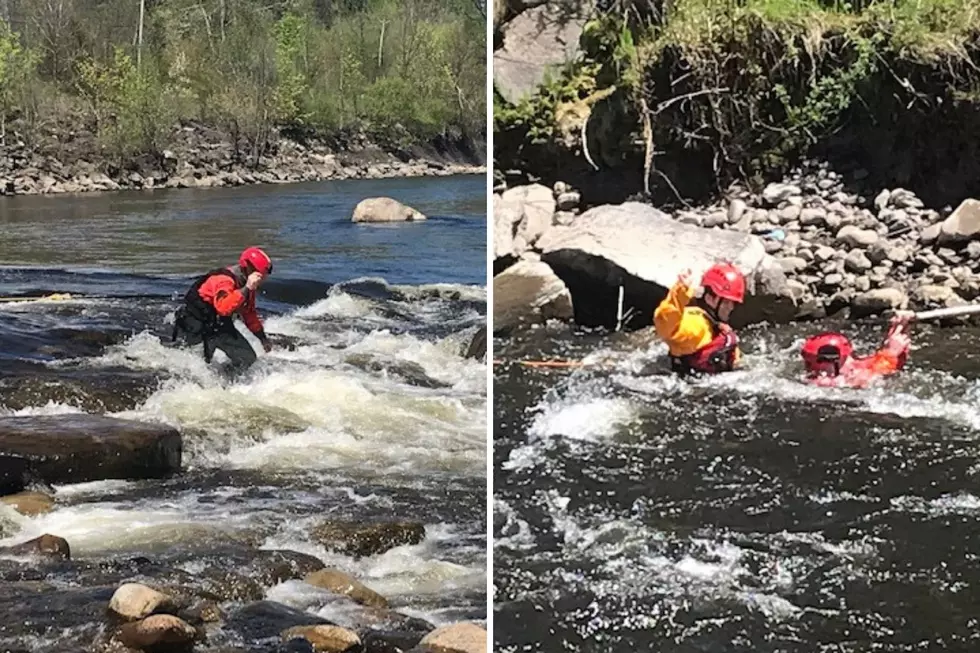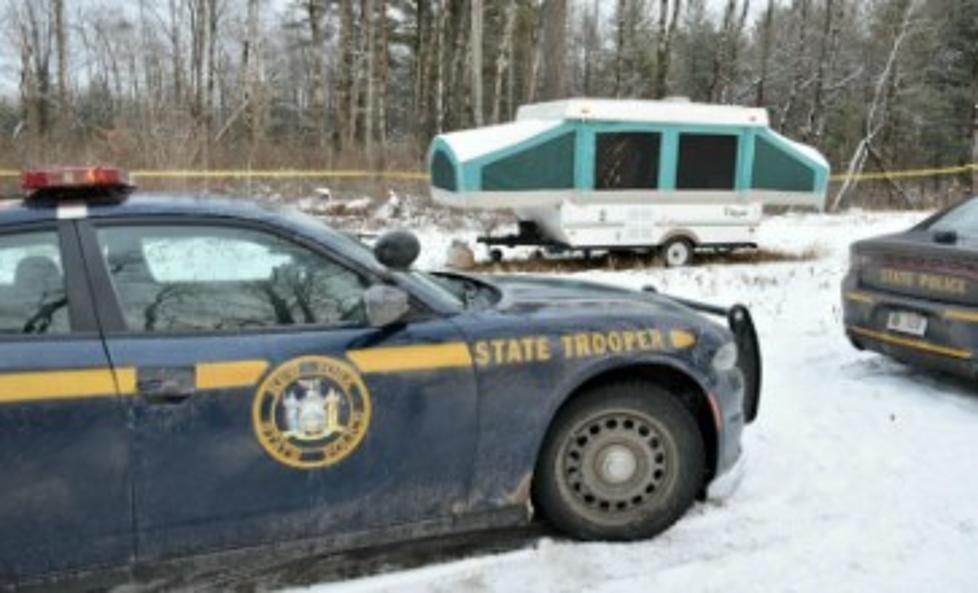![Searching For Fort Dayton – Archaeology in Central New York [VIDEO, PHOTOS]](http://townsquare.media/site/40/files/2015/06/Fort_Dayton_Excavation-5-630x472.jpg?w=980&q=75)
Searching For Fort Dayton – Archaeology in Central New York [VIDEO, PHOTOS]
Archaeology is all about using evidence to answer questions that history has left us pondering. Sometimes it's as simple as 'where was Fort Dayton?' other times it can be as complex as 'what didn't the Doctor throw down the well?' A question that doesn't appear to have any limits.
In 2002 Herkimer County Historical Society hosted an archaeological excavation in search of evidence of Fort Dayton and uncovered several artifacts from Colonial and Revolutionary War periods. After 12 years the Fort Dayton archaeological excavation was re-opened on May 31st, 2014 and after eight weeks of excavation the team had recovered countless artifacts that helped fill in the history of Herkimer's Dr. Suiter but unfortunately did not identify the location of the fort. A year later on May 30th the Herkimer excavation teams resumed the search at a new location.
Week 2
As the excavation resumed on the second week a volunteer assisted with a survey of the site using a metal detector to provide additional site information and identify the potential sites for additional shovel tests.
Shovel Test Pit #1, near the small well on the property, continued to be fertile as various sherds of ceramics, shards of glass and miscellaneous cut animal bones were excavated. An additional layer of bricks were uncovered as well. As the test pit reached level 6 in the soil profile the pit showed fewer and fewer signs of habitation.
Excavation pit, STP #2, showed no additional signs of habitation once exceeding the 4th level and was subsequently closed as a core taken down to levels 6 and 7 showed no additional signs.
The excavation teams opened up four shovel tests to sample from various areas of the site. Three of the shovel tests were decided based on the findings of the metal detector while two additional shovel tests were taken due to the proximity to the well. While a single pipe stem and various bits of ceramics were recovered the shovel tests indicated that there was very few signs of habitation on site.
Volunteer Brian Doyle continued his excavation of the well but after encountering large sections of concrete walkway that had been disposed of in the well in addition to a series of wooden supports in the lower reaches of the well, it was decided to contact an expert regarding the well to verify the safety of excavating further.
At the conclusion of the second week of the excavation the search for Fort Dayton at site number two has yielded more mid to late 19th century artifacts and a curious amount of cut and burned animal bones. The most significant artifacts recovered were obtained from test pit #1 and included another pipe stem, several decorative buckles and ceramics. There are still no discerning identifiers that can date the well so that it can be attributed to Fort Dayton or not.
After concluding the excavation on site #2 the team of volunteers returned to the original site to assist in back-filling the Suiter Well.
If you're interested in archaeology you can contact the Herkimer County Historical Society about volunteering to help out at the excavation.
More From Big Frog 104









